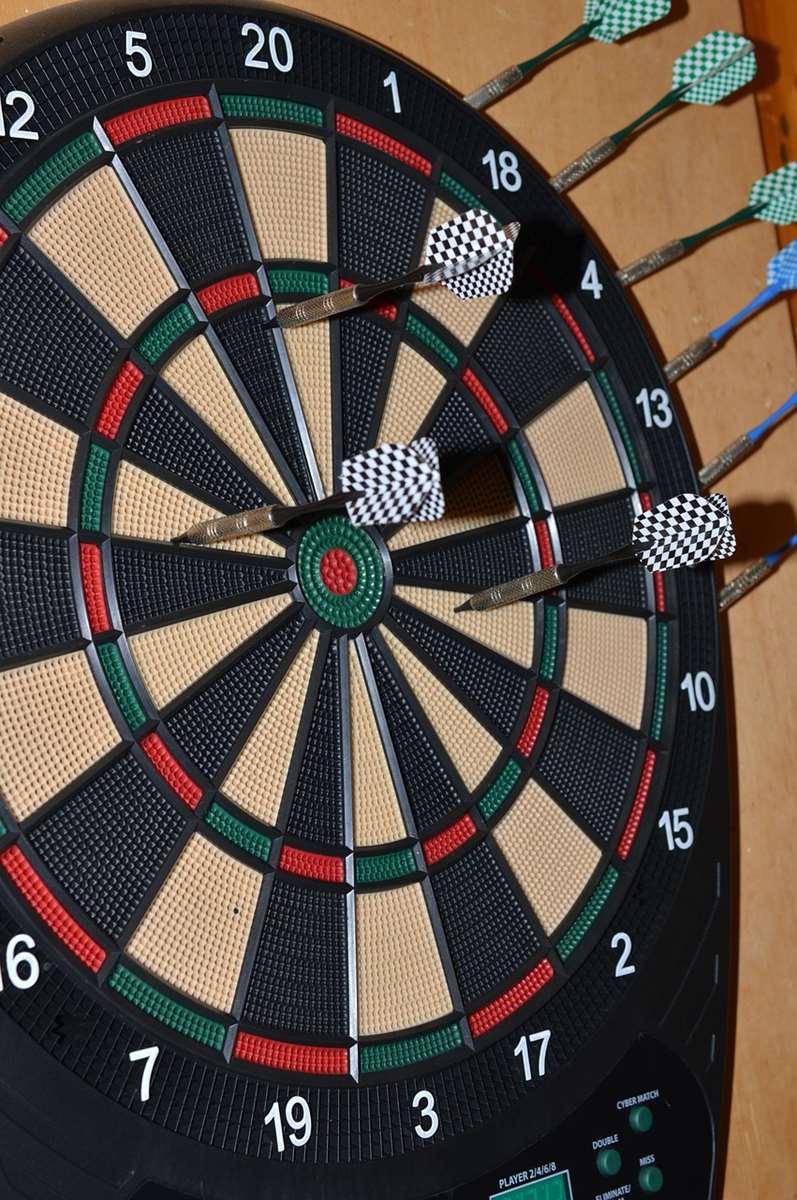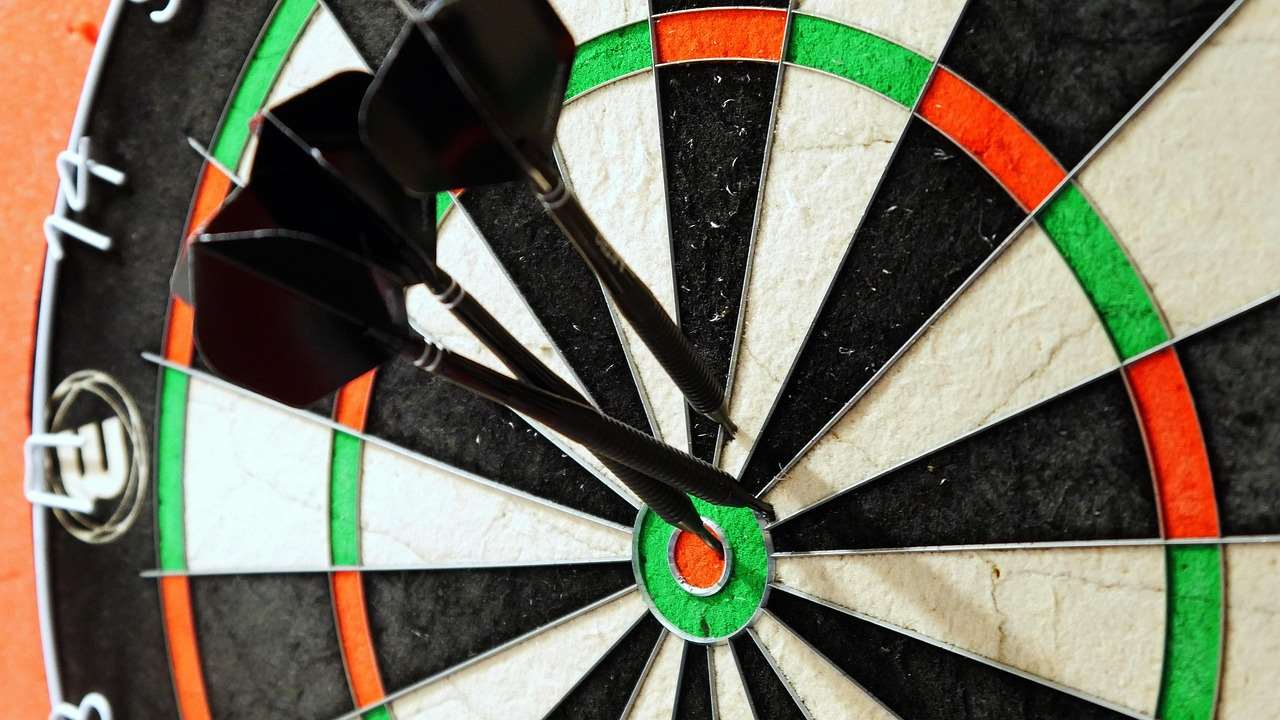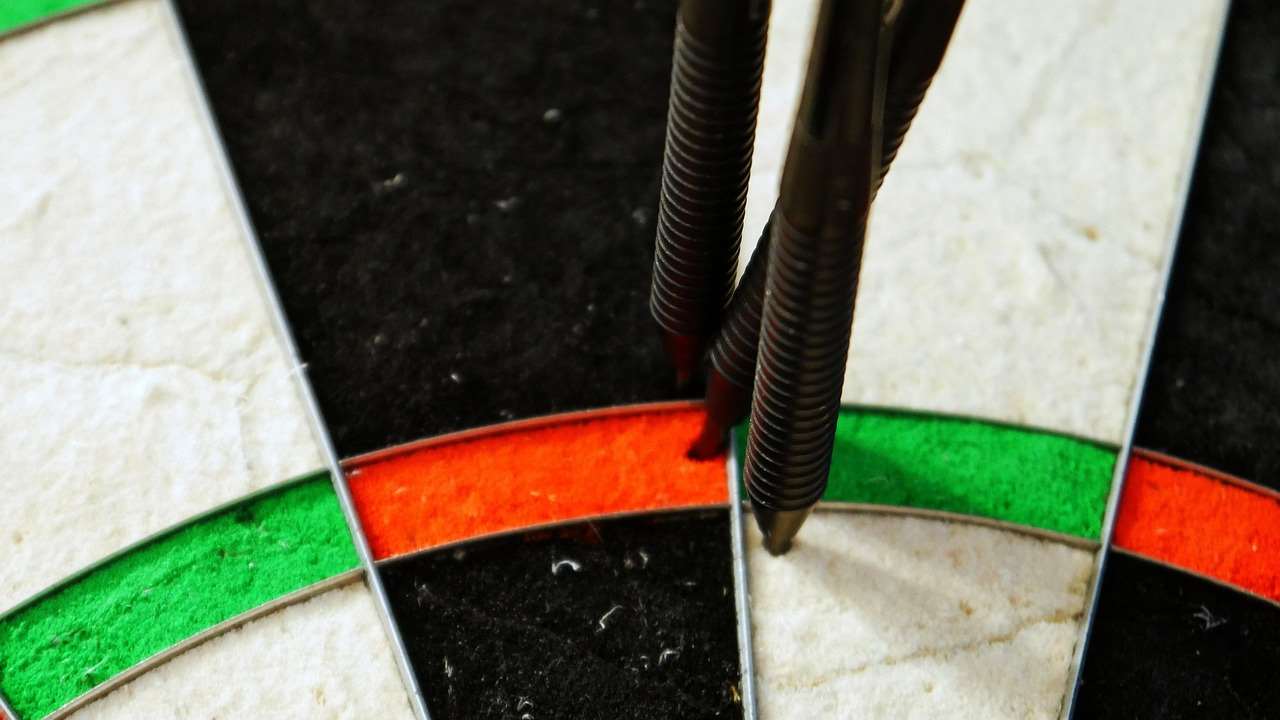Mastering darts requires not only skill and practice but also sharp, focused vision. Vision training exercises for darts can significantly improve your accuracy and consistency on the board. This article will outline effective exercises and strategies to enhance your visual performance, helping you improve your game. We’ll also cover related topics to ensure you’re optimizing every aspect of your dart game.
⚠️ Still Using Pen & Paper (or a Chalkboard)?! ⚠️
Step into the future! The Dart Counter App handles all the scoring, suggests checkouts, and tracks your stats automatically. It's easier than you think!
Try the Smart Dart Counter App FREE!Ready for an upgrade? Click above!
Before we dive into specific vision training exercises for darts, let’s establish the importance of a solid foundation. Proper posture, a comfortable grip, and a consistent throwing motion are all crucial elements that work synergistically with visual acuity to achieve peak performance. Neglecting these fundamentals can hinder even the most effective vision training. It’s crucial to remember that vision training complements, but doesn’t replace, the other key elements of your game. You may find that Darts Fitness Health is very useful for further improving your overall performance.
Vision Training Exercises for Darts: Enhancing Focus and Accuracy
The following exercises are designed to improve different aspects of your visual performance, directly impacting your dart game. Remember to practice these regularly for optimal results. Consistency is key to seeing noticeable improvements in your game. Consistency in your vision training exercises for darts is just as important as consistency in your throwing technique.
Start with these basic exercises, gradually increasing the difficulty as your skills develop. Remember to maintain correct posture and a relaxed state of mind for optimal effectiveness. You’ll notice a significant improvement in your hand eye coordination for tournaments if you work consistently.

Exercise 1: Focus and Peripheral Vision
This exercise focuses on improving your ability to maintain focus on the target while simultaneously being aware of your surroundings. This is particularly important in a tournament setting where distractions abound. Sit at your usual distance from the dartboard. Focus intently on the bullseye. Without moving your head, try to identify an object in your peripheral vision. Repeat this process, focusing on different objects each time. This exercise improves the hand eye coordination for tournaments.
Exercise 2: Tracking Moving Objects
This exercise enhances your ability to track moving objects—a vital skill in sports where you are reacting to moving elements. Find a small, lightweight object that you can throw gently across your throwing area. Focus on the object as you track its movement. Try to maintain your focus throughout its trajectory. This is excellent for improving your reaction time and visual tracking skills.
Exercise 3: Visual Acuity Drills
Visual acuity drills sharpen your ability to see fine detail and contrast, crucial for accurately aiming at specific segments on the dartboard. One effective drill involves using a chart with varying sizes of numbers or letters at increasing distances. Try to identify the smallest numbers or letters you can see clearly. Start at a close distance and gradually move further away, challenging yourself.

Advanced Vision Training Exercises for Darts
Once you’ve mastered the basic exercises, you can progress to more advanced techniques to further refine your visual skills. These exercises often integrate elements of mental focus and concentration, further enhancing your overall performance. Remember to take breaks during your practice, ensuring you avoid eye strain. Adequate rest and fatigue management for tournaments are crucial for peak performance.
Exercise 4: Target Focusing with Distraction
This exercise replicates the conditions of a tournament environment. Set up your dartboard. Place other distracting objects around your throwing space (e.g., other dartboards, people). Focus on the bullseye. Try to throw darts while maintaining your concentration and ignoring the distractions. Gradually increase the number and intensity of the distractions.
Exercise 5: Close-Range and Distance Training
This exercise helps to build adaptability and fine-tune your vision at different distances. Start by throwing at the dartboard from your usual distance. Then, reduce the distance gradually, focusing on accuracy. Repeat the exercise from a further distance. This will help to improve your ability to adjust your focus and throwing technique accordingly. This is a great way to improve your accuracy at varying ranges.
Exercise 6: Visualization and Mental Rehearsal
Visualization is a powerful technique for improving performance in many sports. Close your eyes and visualize yourself throwing darts with perfect accuracy. Imagine the trajectory of your darts and the feeling of successfully hitting your target. Regular visualization practice can enhance focus and build confidence. This pairs nicely with your cross training for mental toughness.
Improving Your Overall Dart Game
While vision training exercises for darts are important, don’t overlook other factors that contribute to a successful game. Proper ergonomics and comfort at oche are paramount. Using ergonomic equipment such as ergonomic dart shoes can prevent fatigue and improve performance. Maintain a healthy lifestyle for youth dart players (and adults!), which will have a positive impact on your game too. Regular exercise, a balanced diet, and adequate sleep will optimize your performance. Considering your oche ergonomics recommendations and your overall cross training for flow and fitness routine.
Remember, consistency and patience are key. Don’t expect immediate results, but with regular practice, you’ll notice a significant improvement in your dart game. Track your progress and adjust your training regimen accordingly. Analyze your performance after each practice session and identify areas that require further attention. A well-rounded training plan that includes both physical and mental components leads to the best outcomes.

Addressing Common Vision Problems in Darts
Some players might struggle with specific vision challenges that can hinder their performance. Addressing these issues directly can lead to significant improvements. Common problems include focusing difficulties, blurry vision, and eye strain.
- Focusing Difficulties: If you struggle to maintain focus on the target, consider incorporating exercises that improve your eye muscle control and visual tracking.
- Blurry Vision: Blurry vision can result from uncorrected refractive errors or eye conditions. It’s important to consult an eye care professional for diagnosis and treatment.
- Eye Strain: Frequent eye strain can be caused by prolonged periods of intense focus. Make sure to take regular breaks to avoid this common issue.
Remember, professional guidance can be invaluable. If you experience persistent vision problems that affect your performance, consider seeking the advice of an eye doctor or vision specialist. They can provide a personalized assessment and recommend tailored vision training strategies. Proper vision training exercises for darts should be a key component of any serious player’s training regime.
Conclusion
Incorporating vision training exercises for darts into your practice routine is a smart investment in your game’s improvement. By consistently working on these exercises, you’ll improve your focus, accuracy, and overall performance on the board. Remember to combine these exercises with a comprehensive training program that addresses other aspects of your game, including physical fitness, mental preparation, and proper technique. With dedication and perseverance, you can reach new levels of mastery in the sport of darts. Don’t forget to check out our other resources on dart injury prevention system and sports massage for dart players to maximize your performance and minimize risks.

Hi, I’m Dieter, and I created Dartcounter (Dartcounterapp.com). My motivation wasn’t being a darts expert – quite the opposite! When I first started playing, I loved the game but found keeping accurate scores and tracking stats difficult and distracting.
I figured I couldn’t be the only one struggling with this. So, I decided to build a solution: an easy-to-use application that everyone, no matter their experience level, could use to manage scoring effortlessly.
My goal for Dartcounter was simple: let the app handle the numbers – the scoring, the averages, the stats, even checkout suggestions – so players could focus purely on their throw and enjoying the game. It began as a way to solve my own beginner’s problem, and I’m thrilled it has grown into a helpful tool for the wider darts community.